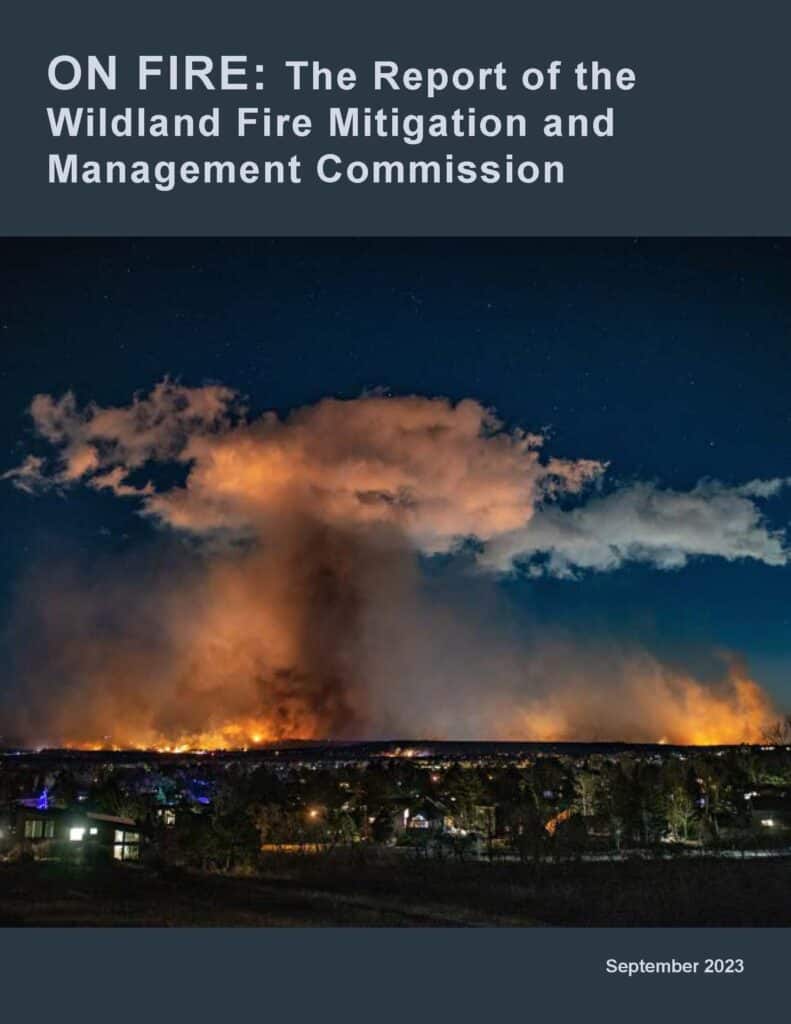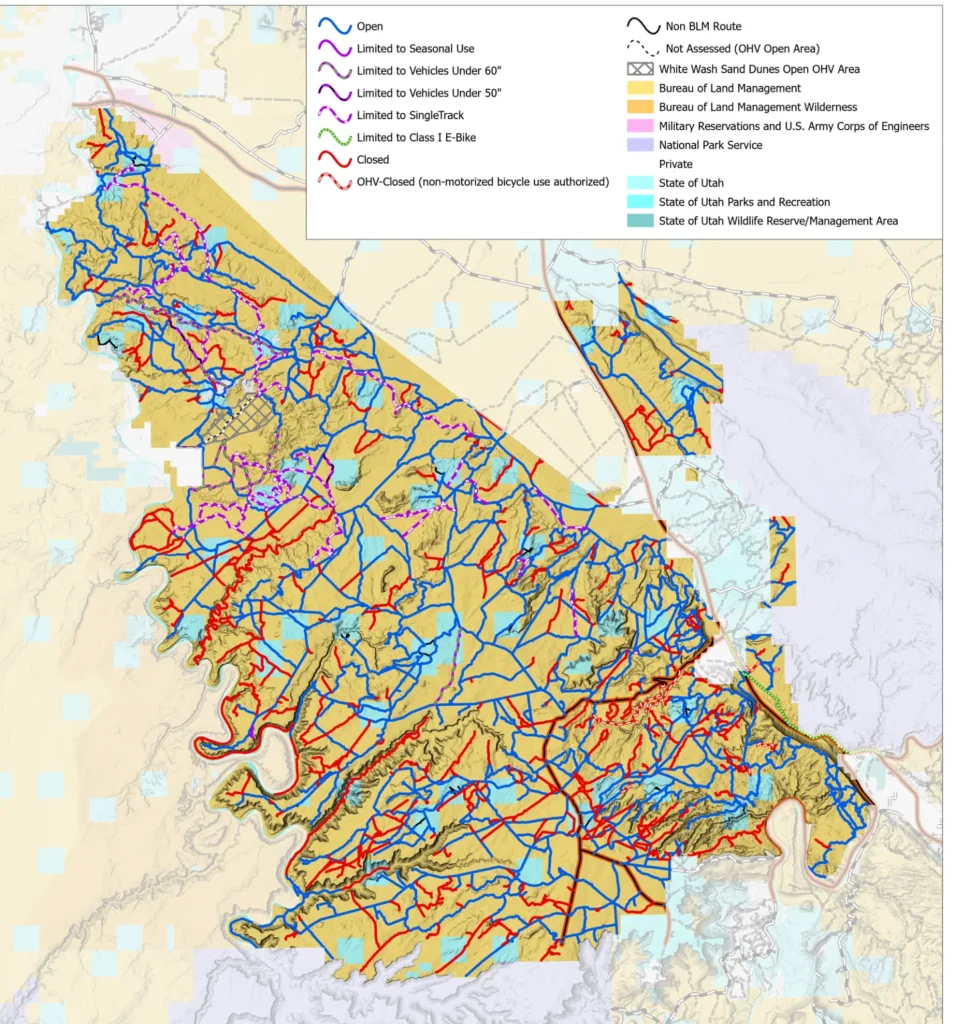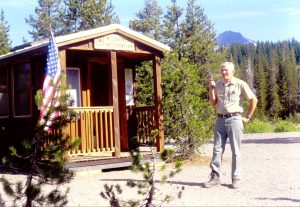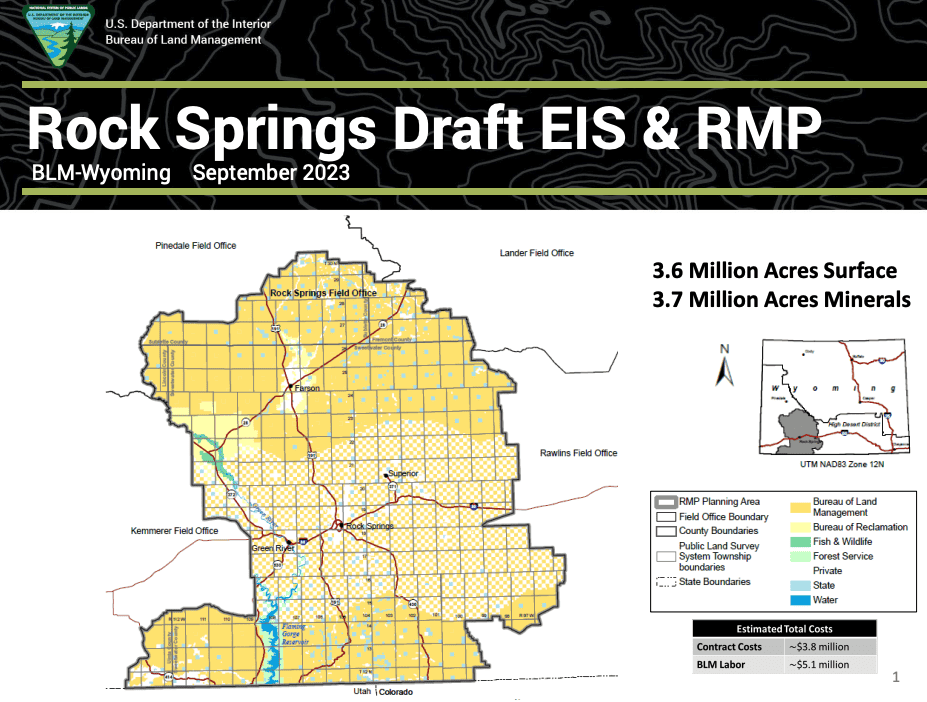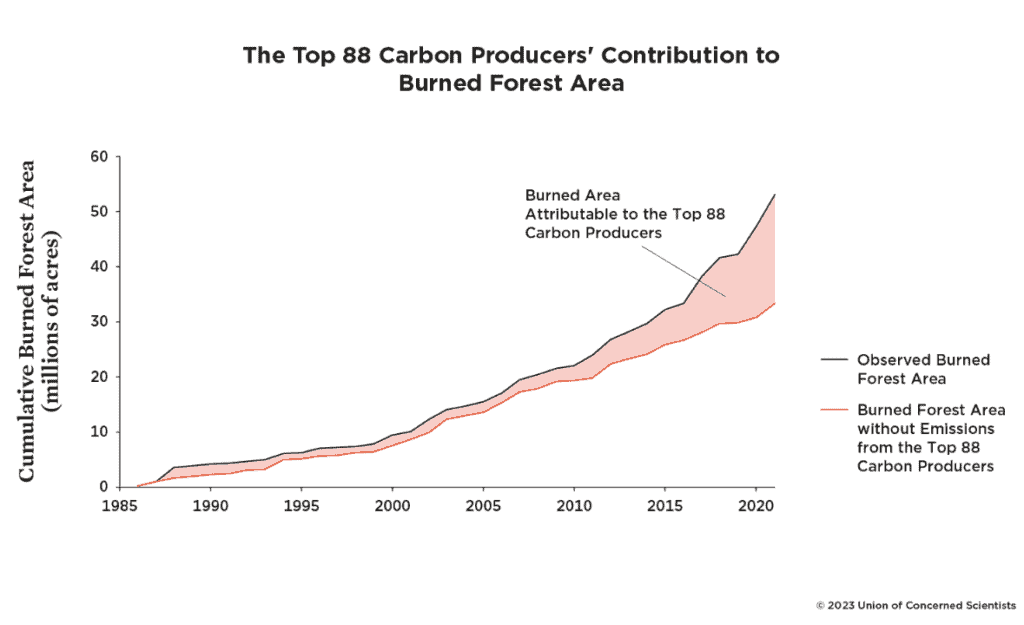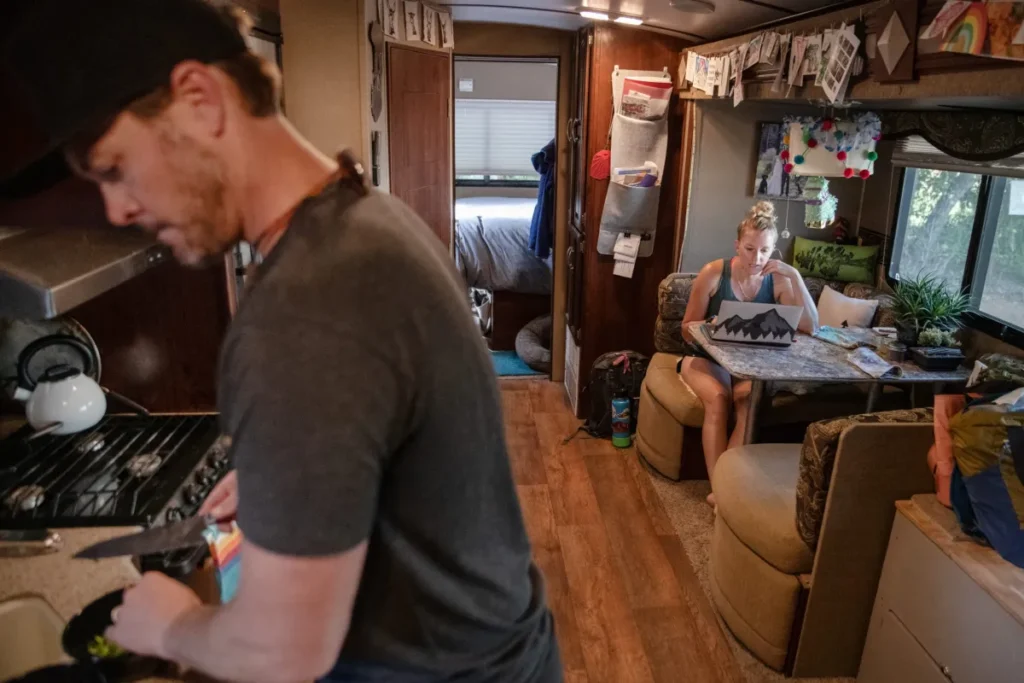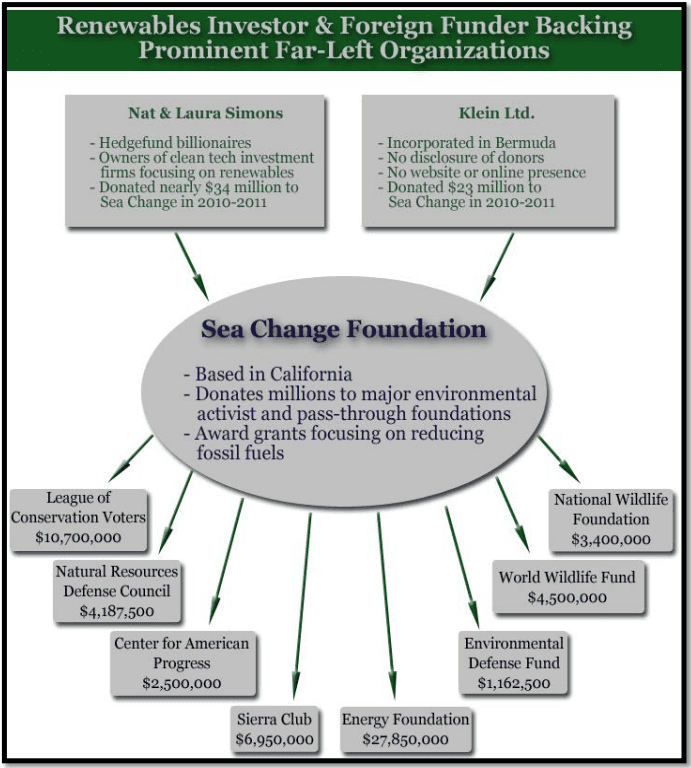It’s been interesting the last few months on TSW seeing up close how climate change deniers operate. To me any way, but maybe not to everyone reading TSW for insights about public land management. I don’t think this is the place to debate the scientific nuances of global warming, point by point (nor is it the place to be debating Hillary or Hunter). At the risk of feeding the trolls one more time, I’ll say one more thing about what I think about the broader climate issue, and then try hard to disengage.
This article (partially excerpted here) is actually about the role of scientists (one of Sharon’s favorite topics), and its actual title is
Why many scientists are now saying climate change is an all-out ‘emergency’
After a few years of record-breaking temperatures and extreme weather events, Ripple’s experience is a sign of how climate scientists — who once refrained from entering the public fray — are now using strident language to describe the warming planet. References to “climate emergency” and “climate crisis,” once used primarily by activist groups like the British-based Extinction Rebellion or the U.S.-based Sunrise Movement, are spiking in the academic literature. Meanwhile, scientists’ communication to the media and the public has gotten more exasperated — and more desperate.
On Monday, scientists released a paper showing that the world’s “carbon budget” — the amount of greenhouse gas emissions the world can still emit without boosting global temperatures more than 1.5 degrees Celsius (2.7 degrees Fahrenheit) — has shrunk by a third. The world has only six years left at current emissions levels before racing past that temperature limit.
“There are no technical scenarios globally available in the scientific literature that would support that that is actually possible, or can even describe how that would be possible,” Joeri Rogelj, a climate scientist at Imperial College London, told reporters in a call.
Tim Lenton, one of the co-authors on Ripple’s most recent paper and a professor of earth system science at the University of Exeter, said that 2023 has been filled with temperatures so far beyond the norm that “they’re very hard to rationalize.”
It wasn’t always this way.
In the 2000s and even early 2010s, most scientists shied away making any statements that could be seen as “political.” Jacquelyn Gill, a professor of climate science and paleoecology at the University of Maine, said that when she was doing her PhD in those years, senior academics warned her against deviating at all from the science when interacting with the media or the public.
Hassol said that the shift is simple. In the 2000s, she said, climate change wasn’t yet at the level of an emergency. She recalls a 2009 report called “The Copenhagen Diagnosis,” which analyzed climate science to date and made suggestions for how to reach net-zero carbon emissions. If world governments had acted swiftly, the world would have had to cut emissions only by a bit over 3 percent per year. “We called that the bunny slope,” Hassol recalled.
If, on the other hand, governments waited until 2020 to start the transition, cuts would have to be much steeper — up to 9 percent per year. “We called that the double-black diamond,” she said. Despite the brief respite in CO2 emissions during the pandemic, humanity’s trajectory has veered closer to the double-black diamond.
If my communication has gotten “more exasperated – and more desperate,” maybe this is why.
